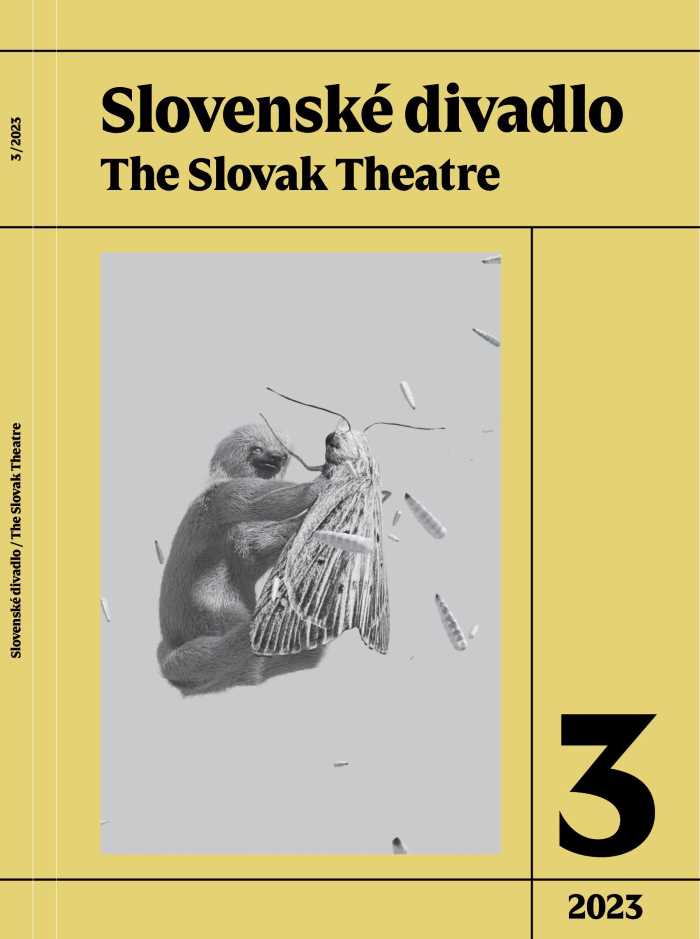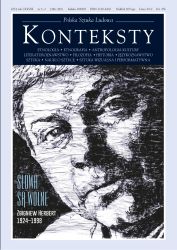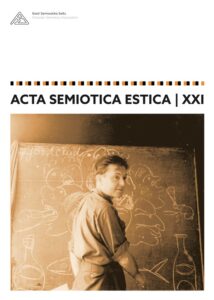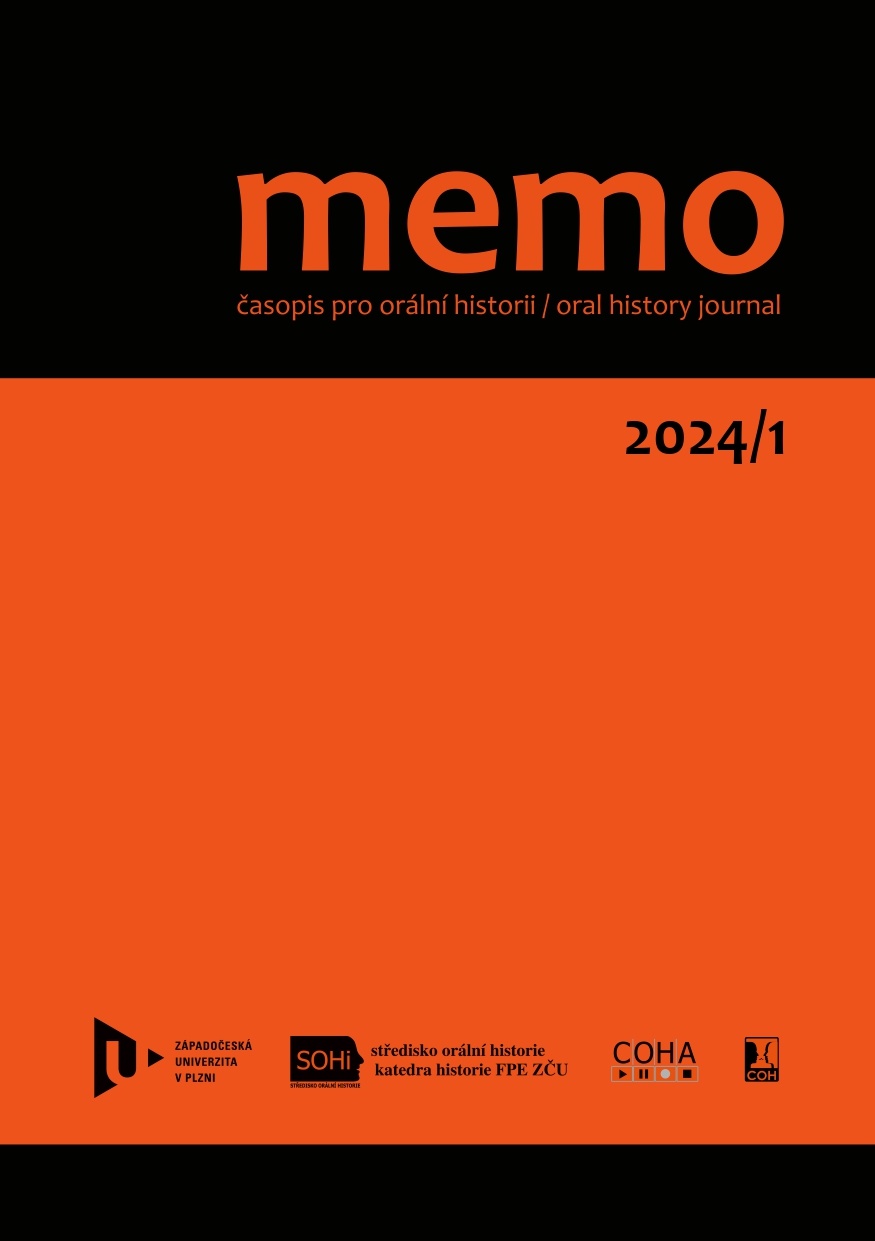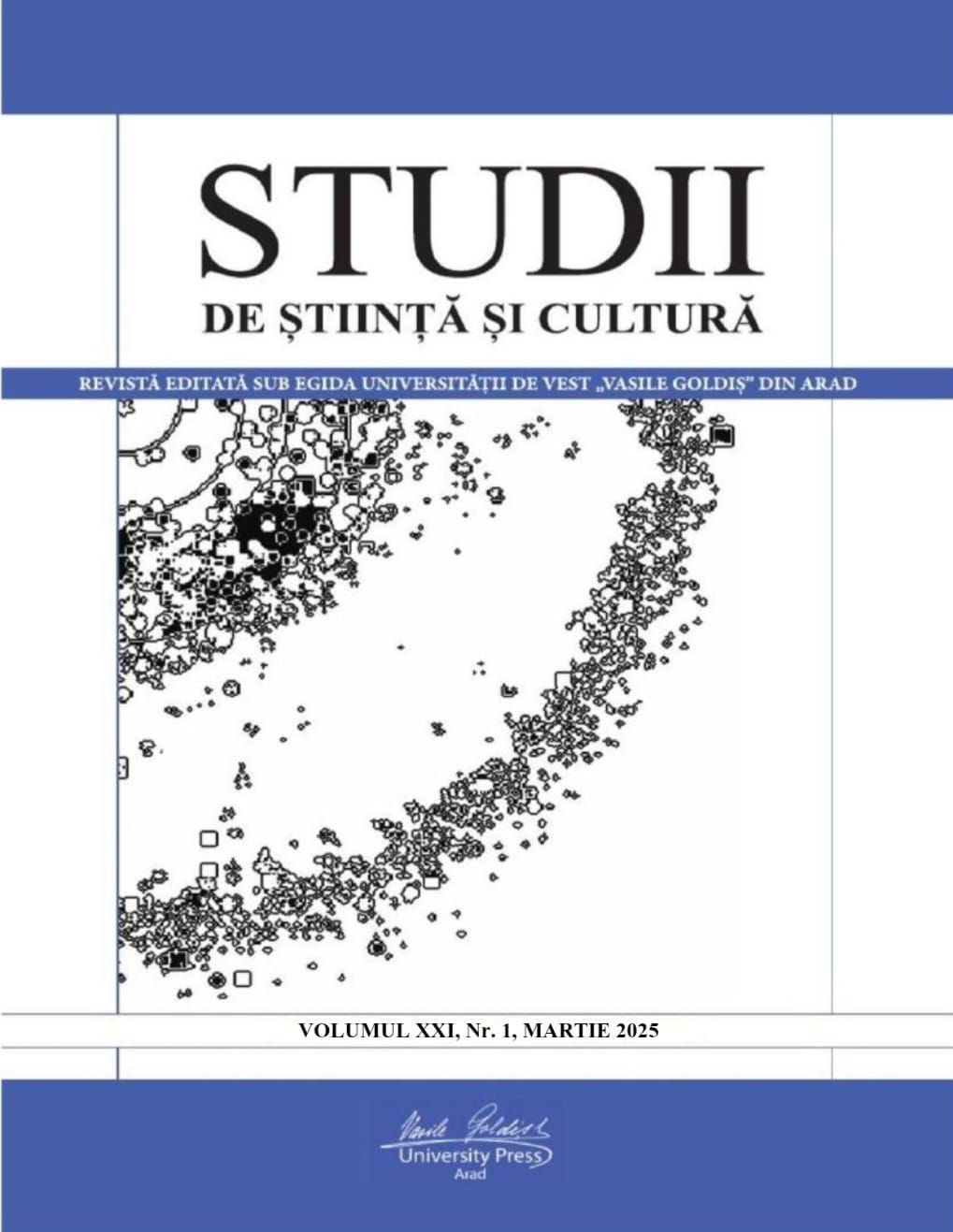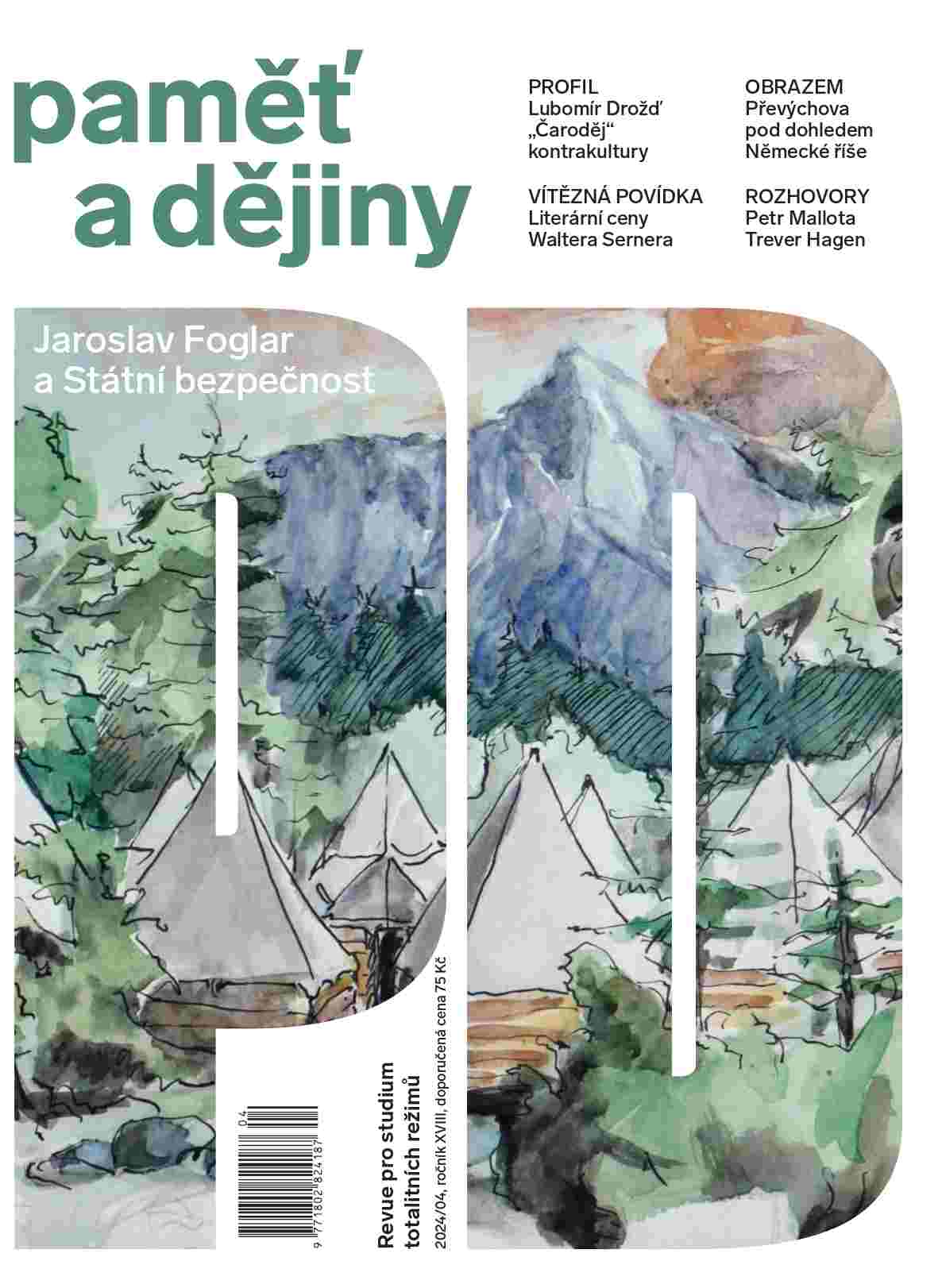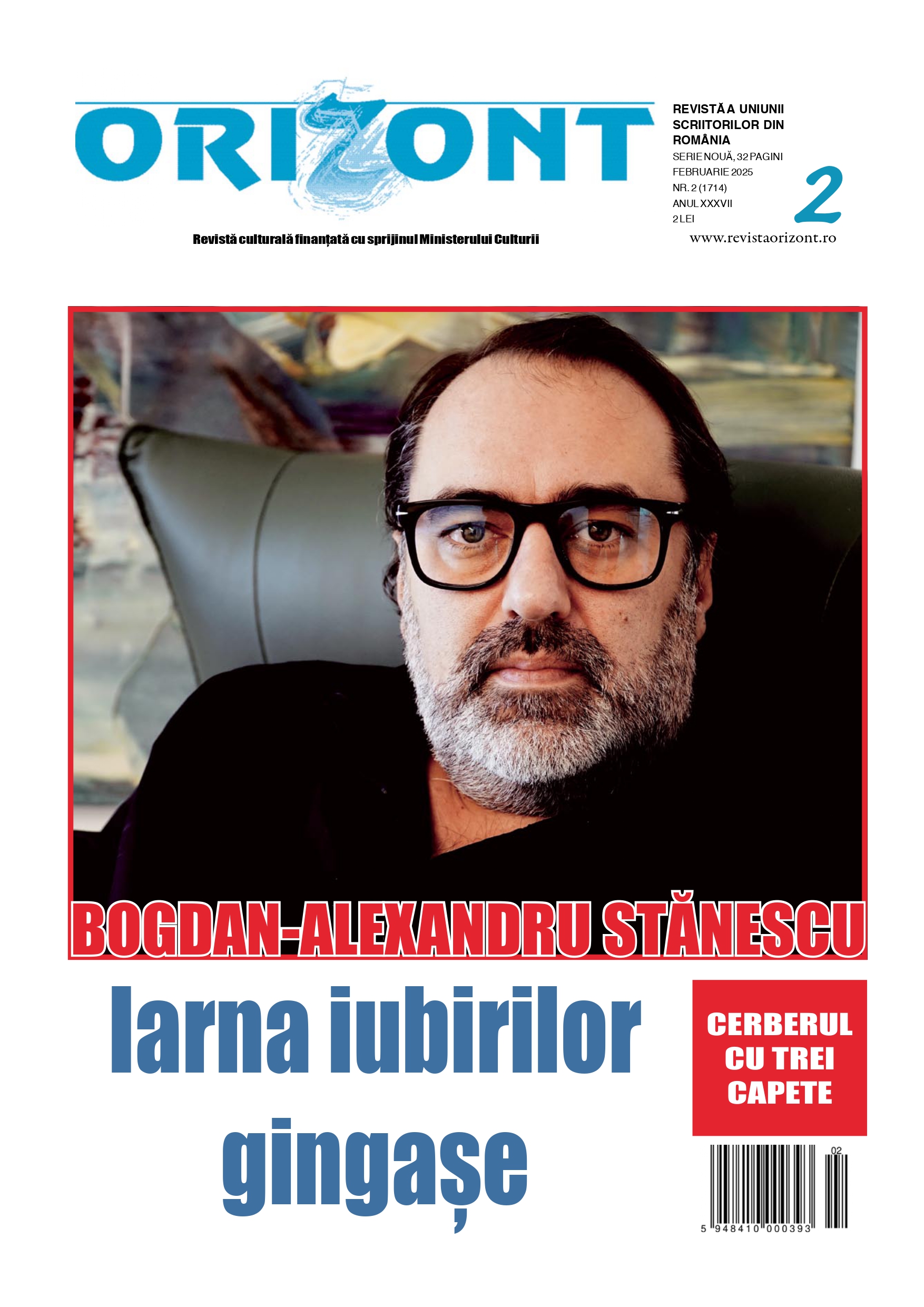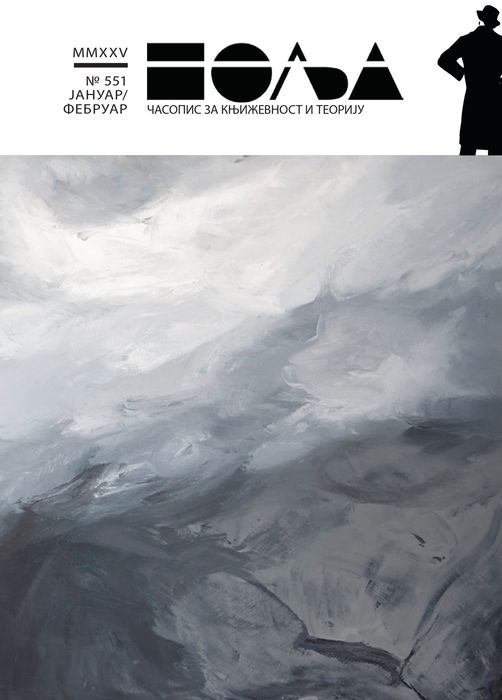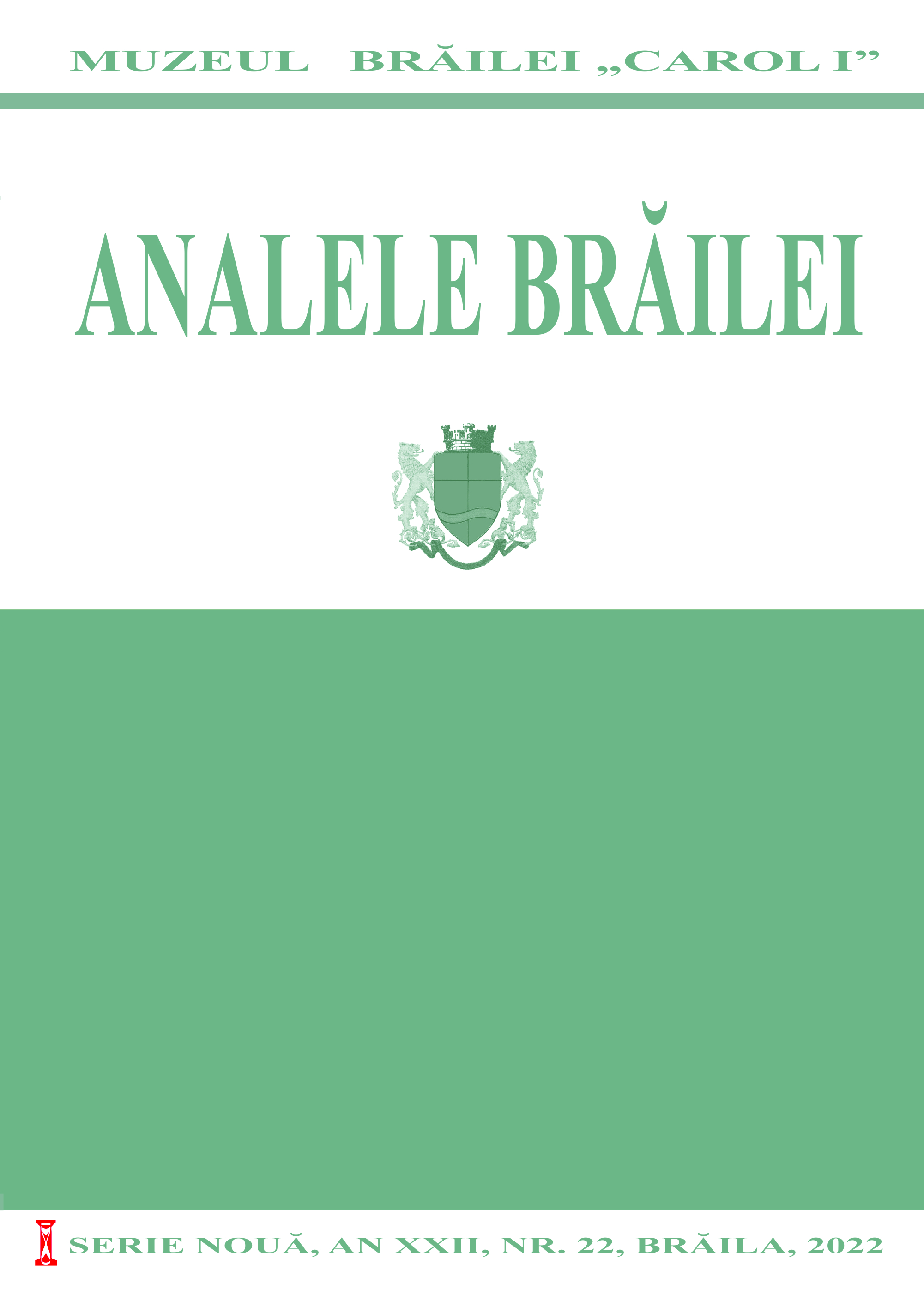Author(s): Claudiu Brăileanu / Language(s): Romanian
Issue: 22/2022
Dans l'entre-deux-guerres, la vie de ménage occupait la plupart du temps pour la plupart des dames, dont beaucoup n'avaient pas d'emploi stable. C'est pourquoi les publicités des entreprises vendant des biens et des services ménagers s'adressaient particulièrement au public féminin. Dans notre étude, nous avons abordé les messages publicitaires les plus intéressants, du point de vue du contenu visuel et/ou du message véhiculé. La plupart appartenaient à des marchands de vêtements - chaussures - tissus, la bataille pour l'accaparement du marché se poursuivant à cette époque entre les magasins UNICON, LINGERIA WIENEZĂ, LA MILION, PARIS-CHIC, LA GRANICERUL, MICUL MARINAR, BALON etc.Leurs messages se veulent les plus persuasifs possibles, soit en discréditant les autres entreprises de profil (Défie toute la concurrence), soit par une sorte de complicité avec des clients potentiels (L'argent coûte cher. En achetant chez nous vous économisez de l'argent), soit par des offres de prix réduction.Les hommes sont particulièrement séduits par des publicités pour cravates et chapeaux, mais aussi pour casquettes, bérets, chapeaux, casquettes et barboteuses.Une autre catégorie d'annonces sont celles pour les chaussures, présentes sous un nom appréciable dans la presse de l'époque, un métier onéreux étant celui de cordonnier. Les ateliers de Vasile Ștefan Ionescu et Nicolae D. Șerban ont concouru dans les offres les plus attractives.Le foyer d'une femme ne pouvait manquer de produits ménagers, et les publicités pour ces produits abondaient. De la lame de rasoir COLUMBIA au cirage à chaussures WELLINE, en passant par l'ampoule TUNGSRAM, les produits anti-humidité BUER et le meilleur cirage pour sols LŐWENLACK.Nous ne pouvons pas oublier les machines de cuisson à l'huile, au bois ou au charbon, avec la célèbre marque SATURN ou les célèbres poêles ZEPHIR, fabriqués à Oradea par Desideriu Szanto & Son. Un autre élément essentiel dans la maison d'une femme au foyer est la machine à coudre. Au siècle dernier, la marque la plus connue était SINGER, présente dans plusieurs publicités.
More...

